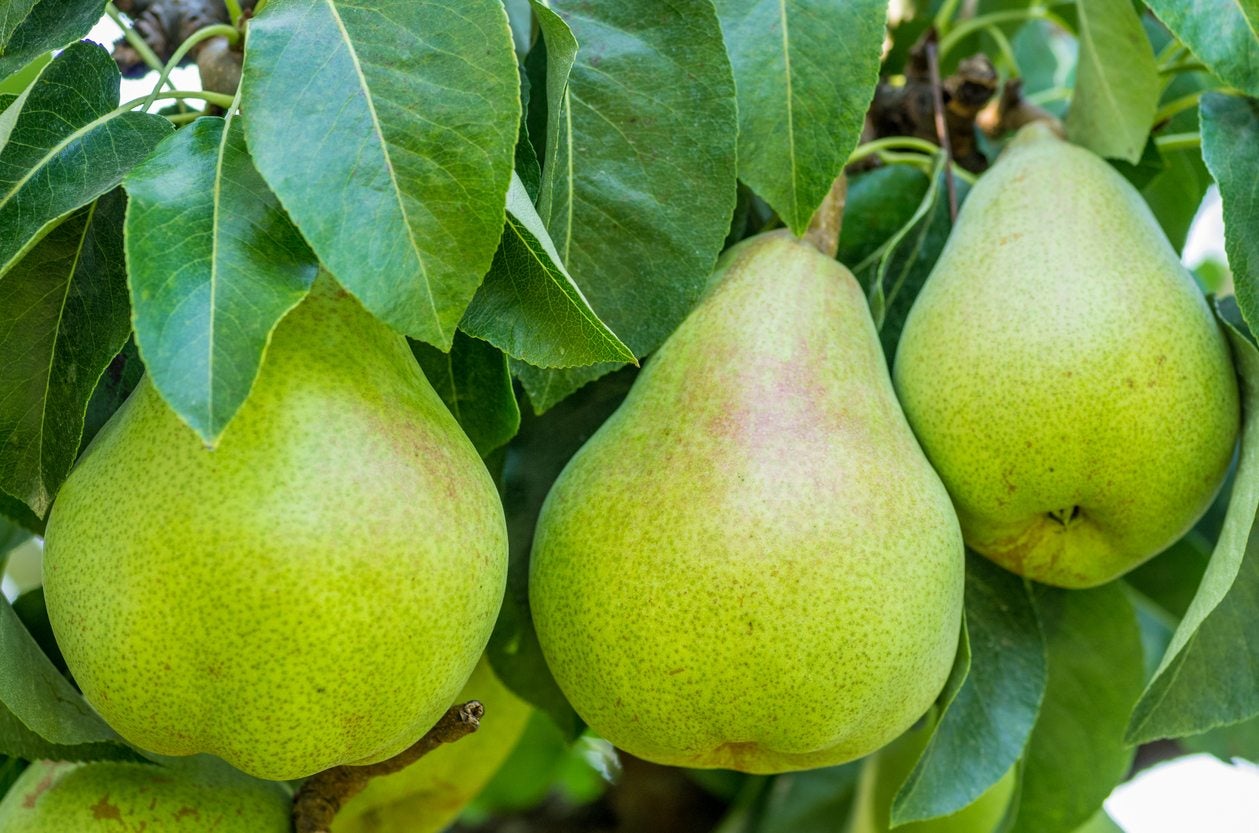Zone 6 Fruit Trees – Planting Fruit Trees In Zone 6 Gardens


A fruit tree can be an indispensable addition to the garden. Producing beautiful, sometimes fragrant, flowers and tasty fruit year after year, a fruit tree might wind up being the best planting decision you ever make. Finding the right tree for your climate can be a little tricky, however. Keep reading to learn more about what fruit trees grow in zone 6.
Fruit Trees for Zone 6 Gardens
Here are some good fruit trees for zone 6 landscapes:
Apples – Perhaps the most popular garden fruit tree, apples come in a wide range of varieties that perform well in different climates. Some of the best matches for zone 6 are:
- Honeycrisp
- Gala
- Red Halareds
- McIntosh
Pears – The best European pears for zone 6 are:
Asian Pears – Not the same as European pears, Asian pear fruit trees have a few varieties that do well in zone 6. Some of the best are:
Plums – Plums are a great choice for zone 6 gardens. Good European varieties for zone 6 include Damson and Stanley. Good Japanese varieties are Santa Rosa and Premier.
Cherries – Most varieties of cherry trees will perform well in zone 6. Sweet cherries, which are best for eating fresh from the tree, include:
Gardening tips, videos, info and more delivered right to your inbox!
Sign up for the Gardening Know How newsletter today and receive a free copy of our e-book "How to Grow Delicious Tomatoes".
- Benton
- Stella
- Sweetheart
- Richmond
You can also reliably grow many sour cherries for pie making, such as Montgomery, North Star, and Danube.
Peaches – Some peach trees perform well in zone 6, especially:
Apricots – Chinese Sweet Pit, Moongold, and Sungold apricot trees are all varieties that handle zone 6 conditions well.

The only child of a horticulturist and an English teacher, Liz Baessler was destined to become a gardening editor. She has been with Gardening Know how since 2015, and a Senior Editor since 2020. She holds a BA in English from Brandeis University and an MA in English from the University of Geneva, Switzerland. After years of gardening in containers and community garden plots, she finally has a backyard of her own, which she is systematically filling with vegetables and flowers.